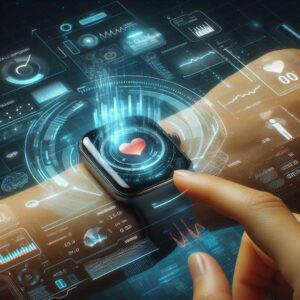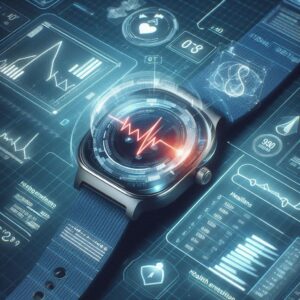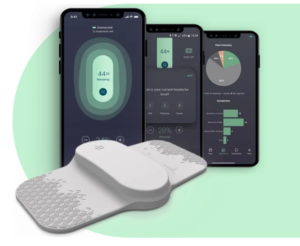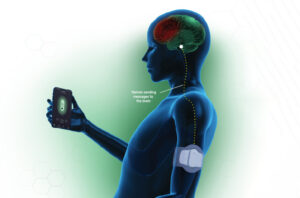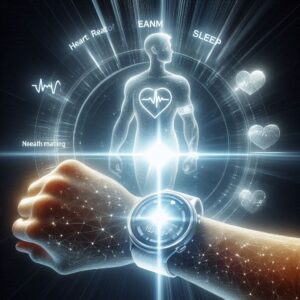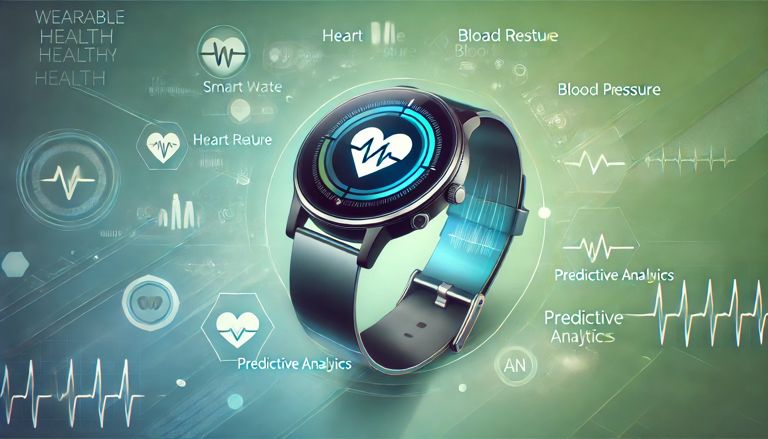
In the realm of healthcare, technology continues to revolutionize the way we monitor and manage our health. Among the most exciting developments are wearable health technologies—smart devices like smartwatches, fitness trackers, and even smart clothing. These gadgets have transitioned from mere accessories to essential tools that claim not only to track fitness metrics but also to predict potential health issues. But can these smart devices genuinely foresee illnesses, or are they merely providing us with an illusion of control over our health? Let’s explore the world of wearable health tech and uncover its capabilities, limitations, and future potential.
The Rise of Wearable Health Technology
Wearable health tech has seen exponential growth in recent years, driven by advances in sensors, data analytics, and mobile connectivity. According to market research, the global wearable technology market is expected to exceed $60 billion by 2023. This surge is largely attributed to consumer demand for devices that help monitor health and fitness in real-time. From counting steps to monitoring heart rates, these devices have become an integral part of many people’s daily lives.
How Wearable Devices Monitor Health Metrics
Wearable health tech typically utilizes a combination of sensors and algorithms to collect and analyze health data. Here are some common health metrics that these devices monitor:
- Heart Rate: Most smartwatches and fitness trackers continuously monitor heart rate through photoplethysmography (PPG), which detects blood flow changes in the wrist. Anomalies in heart rate can indicate potential cardiac issues or stress levels.
- Sleep Patterns: Devices can track sleep quality by measuring movement and heart rate variability throughout the night. Poor sleep is often linked to various health problems, including obesity, heart disease, and diabetes.
- Activity Levels: Wearables track physical activity, providing insights into how much exercise users are getting. Low activity levels can lead to chronic diseases, making this data vital for preventive health.
- Oxygen Saturation (SpO2): Many advanced wearables now include sensors to measure blood oxygen levels. Low SpO2 readings can signal respiratory issues or other underlying health conditions.
- ECG and Blood Pressure: Some smartwatches come equipped with ECG monitors, allowing users to perform heart rhythm assessments. High blood pressure readings can also be detected, enabling users to take action before issues escalate.
Can Wearable Devices Predict Illness?
While wearable health tech provides valuable insights, the question remains: can these devices truly predict illness? The answer is a nuanced one, as it depends on several factors.
1. Data Collection and Interpretation
Wearable devices gather vast amounts of data, but this data must be accurately interpreted. For example, a sudden spike in heart rate during a workout is normal; however, the same spike during rest could signal an issue. Machine learning algorithms are increasingly used to analyze patterns in this data, potentially identifying anomalies that may indicate health problems. However, the accuracy of these predictions varies and can sometimes lead to false alarms or unnecessary anxiety.
2. Preventive Health Monitoring
Wearables excel at preventive health monitoring. By keeping track of health metrics over time, users can identify trends and make lifestyle changes before conditions become serious. For example, consistent high blood pressure readings might prompt a user to consult a doctor, enabling early intervention and potentially preventing more serious health issues down the line.
3. Research and Validation
Numerous studies have examined the predictive capabilities of wearables. For instance, research published in Nature Medicine highlighted how wearable devices could detect atrial fibrillation (AFib) with a high degree of accuracy. Additionally, a study in the American Journal of Preventive Medicine found that continuous monitoring through wearables could help identify individuals at risk for chronic conditions like diabetes or hypertension.
However, despite these promising findings, the field is still emerging, and more robust clinical validation is needed. Wearables should not replace traditional medical advice or diagnosis but rather complement them.
For example: Theranica Health Devices
One notable example of wearable health technology is Theranica’s Nerivio device, which is designed for individuals suffering from migraines. Nerivio is a wearable, drug-free device that uses neuromodulation to relieve migraine pain.
How Nerivio Works:
- Targeted Treatment: The device is worn on the upper arm and connects to a smartphone app. It delivers electrical pulses that stimulate peripheral nerves, effectively interrupting the pain signaling process associated with migraines.
- Real-Time Monitoring: The accompanying app allows users to track their migraines, including triggers, duration, and severity. This data can help users identify patterns and manage their condition more effectively.
- User-Controlled: Users can customize their treatment sessions, adjusting the intensity of the pulses based on their comfort level. This empowerment fosters a sense of control over their health.
- Clinical Validation: Clinical studies have demonstrated the efficacy of Nerivio in reducing migraine severity and frequency, highlighting the potential of wearables in providing effective treatment options.
The Nerivio device exemplifies how wearable technology can go beyond mere monitoring to actively participate in the management and treatment of health conditions. By leveraging data and feedback, it provides users with tools to understand their health better and take proactive steps toward well-being.
Theranica’s Official Website: https://theranica.com/nerivio
The Limitations of Wearable Health Tech
While the potential is vast, there are significant limitations to consider:
- User Compliance: The effectiveness of wearables relies heavily on user engagement. Many people may not wear their devices consistently or may not interpret the data correctly.
- Data Privacy: With the collection of sensitive health data comes the challenge of ensuring privacy and security. Users must be vigilant about how their data is stored, shared, and utilized.
- Over-Reliance: There is a risk of users becoming overly reliant on wearables for health management. While they can provide insights, they are not a substitute for professional medical advice or regular check-ups.
- Accuracy: Not all devices are created equal. Variations in sensor quality and algorithms can lead to discrepancies in data accuracy, potentially affecting health assessments.
The Future of Wearable Health Tech
Looking ahead, the future of wearable health technology appears bright. As artificial intelligence and machine learning continue to advance, we can expect improved algorithms that provide more accurate predictions and insights. Additionally, the integration of wearables with telemedicine platforms may enable healthcare professionals to monitor patients remotely, enhancing patient care and engagement.
Furthermore, as consumers become more health-conscious, we may see an increased demand for devices that offer more than just fitness tracking—devices that can provide actionable health insights and support preventive care.
Conclusion: A New Era of Health Monitoring
Wearable health technology is undeniably changing the landscape of healthcare, providing users with unprecedented access to health metrics and insights. While they offer a promising avenue for predicting and preventing illness, it is crucial to approach these tools with a balanced perspective. Understanding their capabilities, limitations, and the importance of professional medical advice will empower users to make informed decisions about their health.
So, can smart devices really predict illness? The answer is a qualified yes, but with the understanding that these devices are tools for empowerment rather than crystal balls. As technology continues to evolve, we are on the brink of a new era in health monitoring—one where wearable devices may play a critical role in enhancing our health and well-being. The key lies in combining their insights with professional medical guidance, leading us toward a healthier future.
